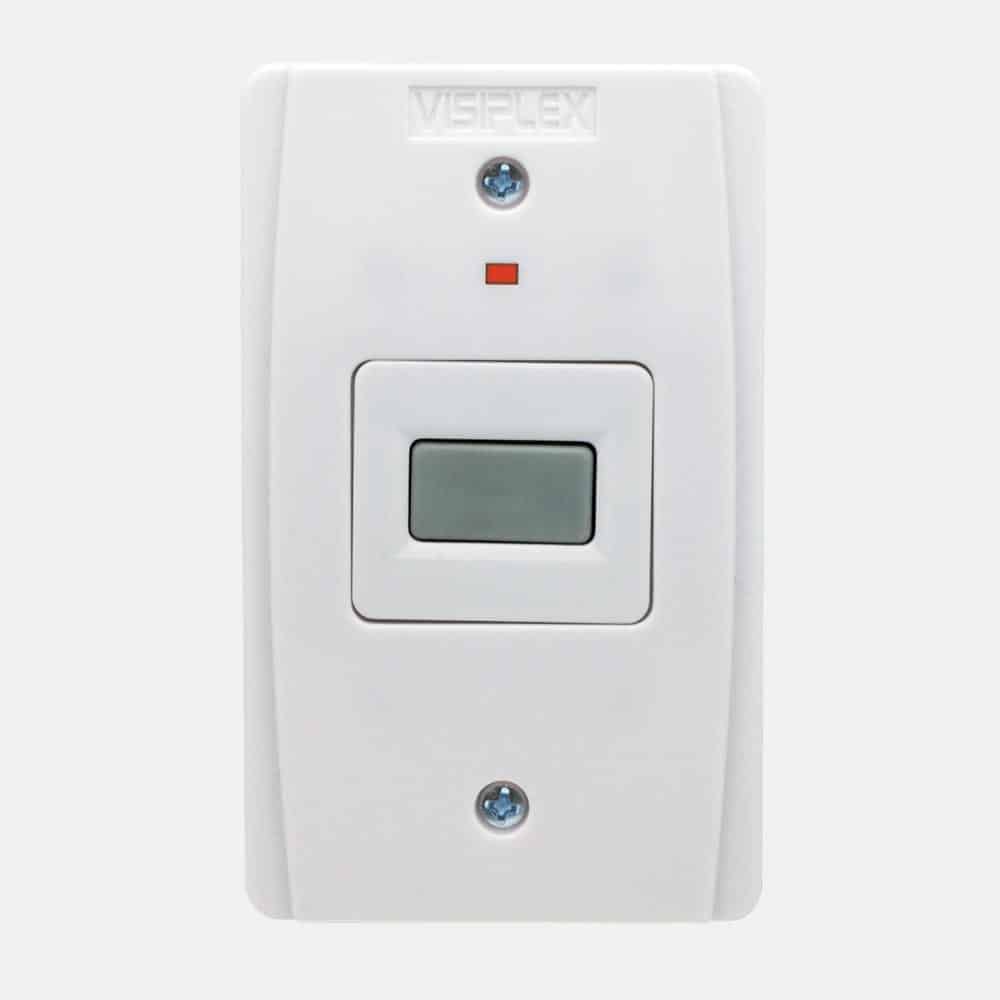
More recently, in 2018, the Bureau of Labor Statistics found that social and healthcare workers experience workplace violence at rates significantly higher than the national average for all industries. According to a 2016 study by the US Government Accountability Office (GAO), healthcare workers alone are 12 times more likely to experience workplace violence. Studies show that in certain industries, lone workers are at a significantly higher risk of workplace violence. Unlike other workers, when lone workers face danger or violence on the job, they can’t receive immediate aid from, for example, law enforcement. Lone workers face unique dangers on the job because they’re secluded from others. This article provides information about panic button legislation, guidance, and practices, but it’s not legal advice.Ī lone worker is an employee who works in isolation from other employees, often out in the field as opposed to in a company building. Employers should contact their legal counsel when deciding whether to invest in panic buttons. Whether an employer is required to provide their employees with panic buttons depends on their specific circumstances and where the employees are geographically located. So are employers required to provide panic buttons? Specifically, employers want to know whether the law requires them to give lone workers panic buttons.Īlthough OSHA guidance and opinions frequently suggest the use of panic buttons to increase employee safety, historically, the law hasn’t been clear.

In response, more employers are beginning to wonder what their responsibilities are for lone worker safety. Unfortunately, the influx of lone workers-many of whom are healthcare workers or social workers-coincides with a rise in workplace violence. The Associated Press reported that health care workers in Idaho were hesitant to be seen anywhere in public, at places such as the grocery store, in their scrubs, and have faced verbal and physical assaults.Portable panic buttons are becoming more and more popular as the number of lone workers increases in the United States. Since the pandemic, there's been a spike in assaults on health care workers all over the country. The pandemic has added to more workplace violence for health care workers That hospital said the system has decreased security response time. The panic button system was implemented last year at a nearby hospital, Cox Springfield. If the button is pushed, it activates a personal tracing system, security is notified and an alert on hospital computers shows the employee's location.įunding to implement the panic button system comes from a grant of more than $132,000 from a local charity, the Skaggs Foundation, which helps provide funding for medical projects in the region.

The hospital said about 300 to 400 staff working in the emergency department and inpatient hospital rooms will have access to their personal panic buttons. "Until these buttons are implemented, right now, a nurse either has to call security on her phone or scream for help, and so this is an extra easy way they can get immediate response."

"That kind of raised a red flag that we need to get some extra protection in place," Brandei Clifton, the hospital's communications manager, told NPR. Injuries related to the assaults jumped from 17 to 78 during the same period. Last year, 123 attacks against hospital staff were reported - up from 40 in 2019. Nurses and other staff at a hospital in Missouri have experienced such a surge in assaults from patients that they will have a panic button system installed on their badges allowing them to alert hospital security more easily if they are in danger.īetween 20, assaults by patients tripled at the Cox Medical Center in Branson, Mo. Assaults of hospital staff tripled from 2019 to 2020, the hospital says. Cox Medical Center in Branson, Mo., is implementing a personal panic button system for hundreds of its employees.


 0 kommentar(er)
0 kommentar(er)
